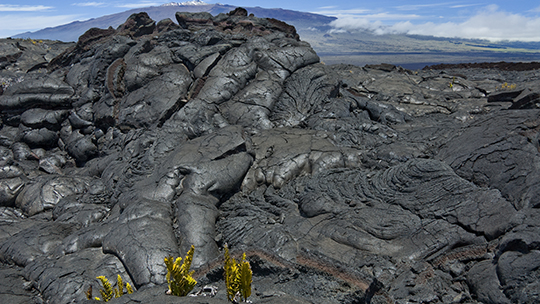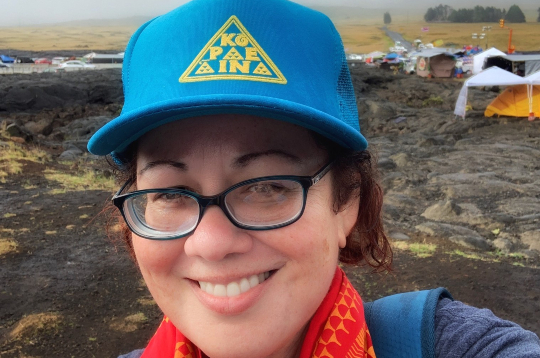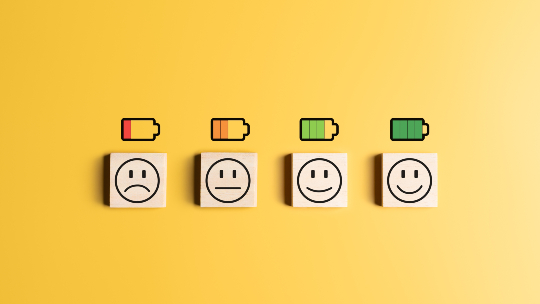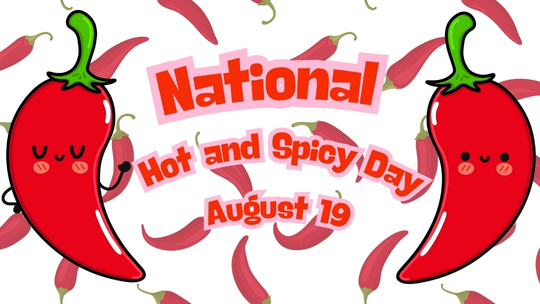The eruption of Mauna Loa can mean different things to people. Some are in awe of the power of Pele. Others see destruction and devastation.
For Kuualoha Hoomanawanui, the lava flow is a cleansing that signals renewal and rebirth.
“In time, the wind and rain will blow foliage and seeds in the crevices that start the beginnings of soil and growth of new ferns,” she says. “We see the process of reforestation happening right before our eyes within our lifetime.”
Seeing the lava flow is bittersweet. Her family's homes in Puna and Kau were in the path of eruptions in the 1980s and 90s. Yet Mauna Loa is an affirmation that Pele continues to create new land. “Many Hawaiians say it’s a time to clean house, open their doors, and welcome Pele,” she says. “She’s not just Madame Pele, a deity. But she’s our ancestor – Tutu Pele.”

Hoomanawanu is a professor of Hawaiian literature at the University of Hawaii at Manoa. She’s the founding editor of Oiwi: A Native Hawaiian journal and author of Voices of Fire – Reweaving the Lei of Pele and Hi‘iaka Literature. As a hula practitioner, she’s danced and chanted stories of Pele that have been passed down through generations.
“In Hawaiian culture, Pele is often paired with her younger sister Hiiaka, the hula deity, who reforests the land. She takes on different forms like the ohia flower and palapalai fern, which hula dancers adorn themselves with in recreating dances that talk about the power of Pele and lava flows.”
These stories, she adds, teaches us how to care for our own health and well-being during modern times. “The hula kahiko we see at Merrie Monarch is the complementary pairing of younger and older sister. The clearing of forest and rebirth of land. A sense of harmony between yin and yang. Ku and and hina. It’s similar to the balance we try to achieve in caring for both our physical and emotional health.”

Hoomanawanui says people who flock to Hawaii Island to witness the lava flow should respect the land and culture. They should also pay attention to safety warnings so as not to put themselves or first responders at risk.
“It doesn’t matter your religious or cultural beliefs,” she says. “Lava is a powerful aspect of nature that overcome us very quickly. And it’s not just the heat, but also the gas emissions and Pele’s hair that can be harmful.”
Hoomanawanui is planning to visit Pele and pay homage with chant and an offering of Hawaiian salt wrapped in ti leaf.
“It’s a reconnection to the land,” she says. “It’s awe inspiring to see the birth of new land coming from the earth and reshaping geography.”




